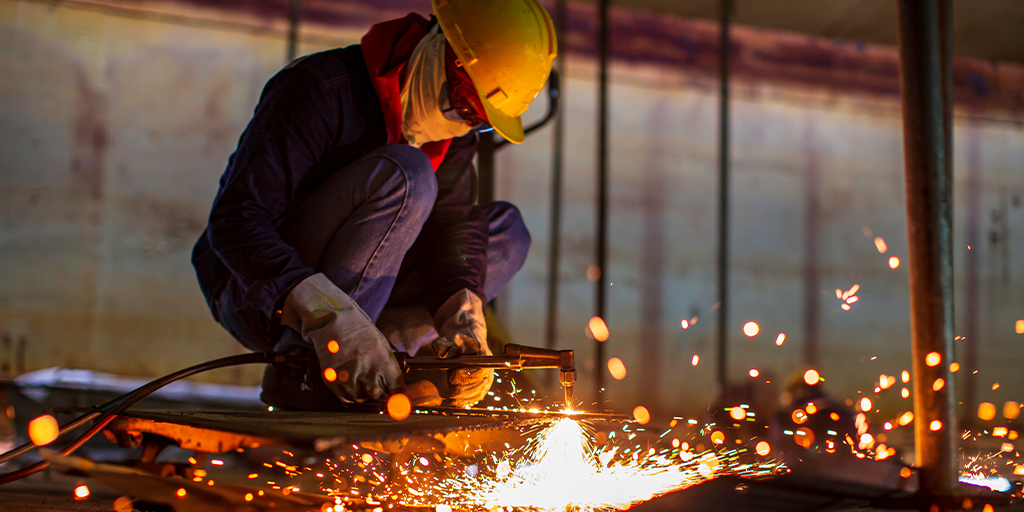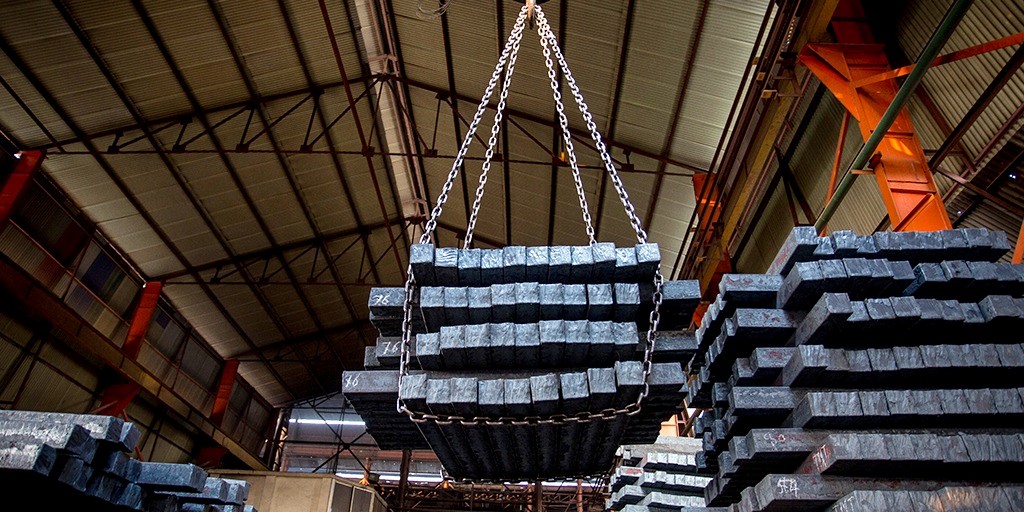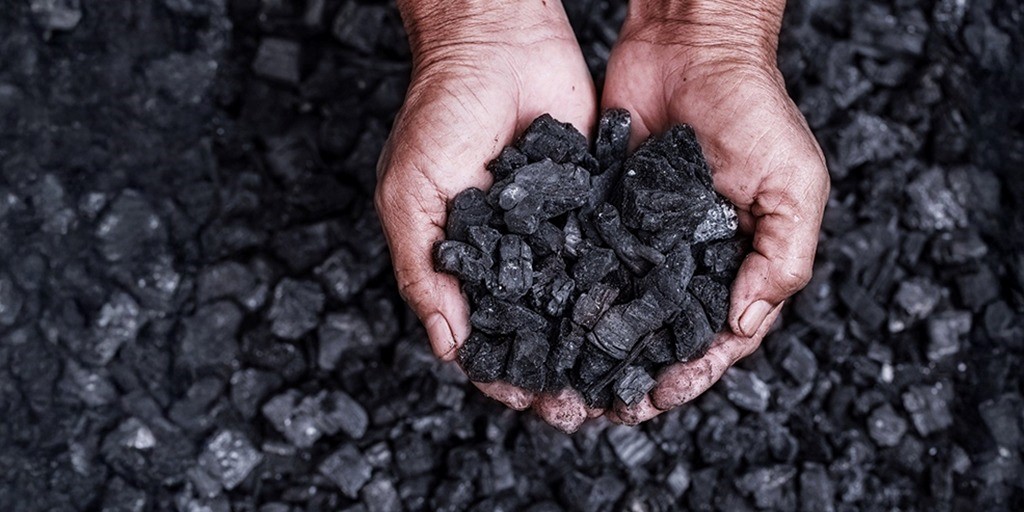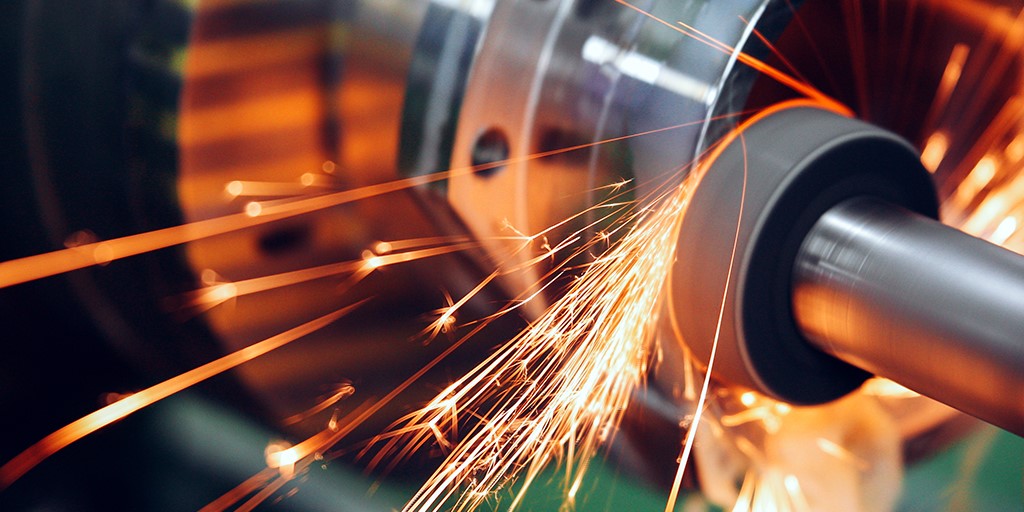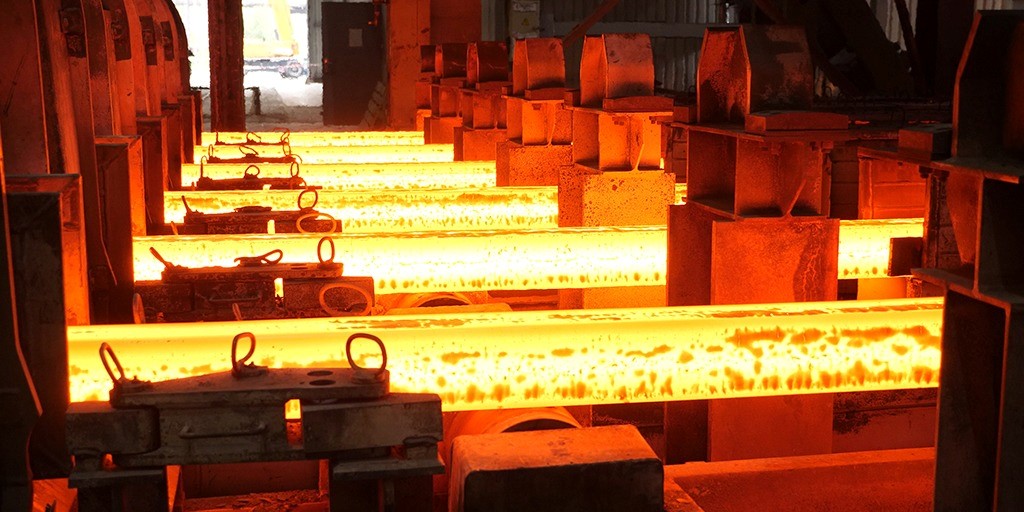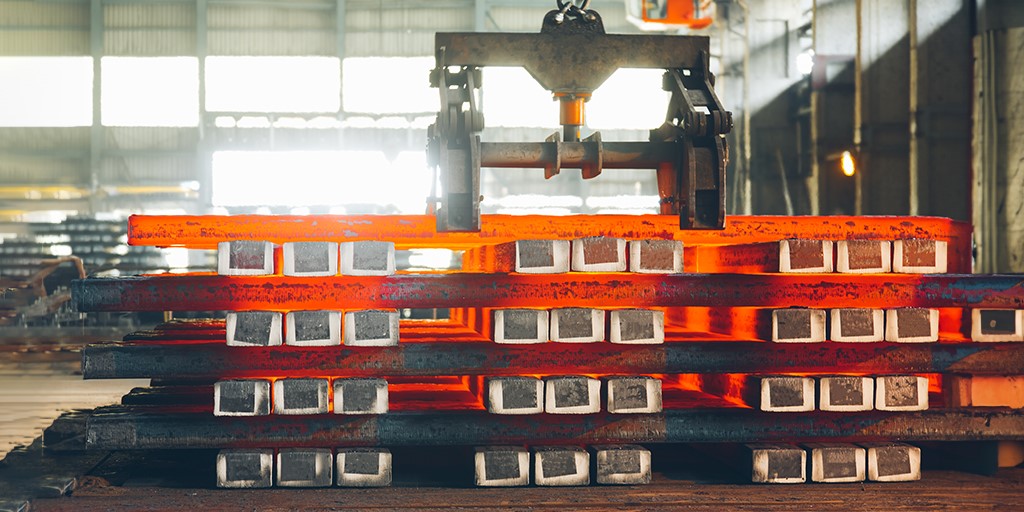
Understanding the Life Cycle of Steel
Introduction
Today, the steel industry is the second-largest industry in the world, with production nearly doubling in the last three decades. Steel is extremely useful as it is over 1,000 times stronger than iron and makes a sturdy building material.
While the steel industry may face problems of economic instability, technological advancement, and environmental pollution, it continues to prove its resilience. It covers the manufacturing and construction sectors by fabricating automobiles, tools, and infrastructure. Currently, the Indian steel industry experiences a high steel demand regularly for the country’s economic development.
Life Cycle of Steel
Understanding the life cycle of steel will enable us to capitalise on its infinite reusability, which contains 98% iron. Then, we add carbon to the iron to enhance its strength and durability. Steel manufacturing uses various sourcing processes to ensure sustainability, such as raw materials and recycling. Most of them use electric furnaces to produce steel, which reduces CO2 emissions by 10%.
At present, environmental sustainability is a pressing concern, and steel recycling is the perfect solution. It can undergo infinite recycling without losing its properties, and it can also be repurposed in other applications.
Now, let us delve deeper into understanding the life cycle of steel:
1) Collecting Raw Materials
When it comes to the production of steel, it’s critical to carefully choose the right raw materials. After using the popular blast furnace-converter method, pig iron is produced with a combination of processed iron ore as the primary fuel source.
The key ingredient for steel is iron ore, which is the foundation of steel making and is used in about 1.5 tonnes to make sure everything runs smoothly. These fuels work in conjunction with flux materials in the furnace, which become the source of its excessive heat and help melt the impurities, resulting in purified molten ore. Besides, the application of ferroalloys at different levels reinforces the strength of steel.
2) Steel Production
The next step is to mine iron ore and concentrate it. After that, we initiate the smelting and refining processes to achieve the desired chemical composition. Each step discharges all impurities and unwanted materials to enhance the iron grade of the final product.
Currently, there are two main types of methods that are used in steel production: basic oxygen steelmaking (BOS) and electric arc furnaces (EAF). The production of both materials constitutes a technological evolution towards lower carbon dioxide emissions during the production process. This advancement leads to a steel production process that is becoming more conducive to the environment.
3) Recycling Byproducts
The transformation of waste materials into valuable recycling byproducts is also another crucial process in sustainability considering the availability of excess slag and iron scrap. The result is minimal backwarding and provides material efficiency. The steel industry can decrease its resource utilisation through the use of residuals such as dust and slags as resources for the production of other products.
4) Production of Finished Products
After the production process, steel emerges with remarkable characteristics of high strength and resilience. This makes it an ideal material for numerous applications, such as factory frames and warehouse steel frames, without compromising on its safety and durability.
Once steel has served its initial purpose, it re-enters the life cycle as post-consumer scrap. These scraps are reused, repurposed, and recycled once again to conserve natural resources, making steel the leading choice for sustainable materials.
Conclusion
Amidst the fight against climate change, steel is the most sustainable choice which has an average life span of around 20 years. This makes it a reliable and economical material that helps reduce the costs of construction projects.
The life cycle of steel is based on the principles of a circular economy, which shares and recycles resources in a post-consumption period. Its 100% recyclability is the key to continuous reuse without having to worry about quality. As the leading steel supplier in India, Shyam Metalics is a crucial component of the systemic shift to a more sustainable process of development, supported by green practices.




